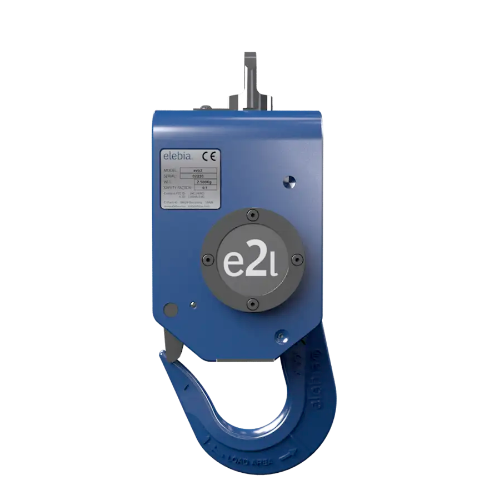Lifting operations are the backbone of various industries, from construction and manufacturing to logistics and shipping. Ensuring the safety and efficiency of these operations is paramount to the success of any project. One innovation that has revolutionized lifting processes is the introduction of automatic hooks. These advanced devices offer a plethora of benefits, ranging from increased safety to enhanced productivity. In this blog post, we’ll delve into the world of automatic hooks, exploring their features, advantages, and integration with modern industry practices.
Understanding Automatic Hooks
Automatic hooks represent a significant advancement in lifting technology. Unlike traditional hooks, which require manual intervention for attachment and release, automatic hooks are equipped with sophisticated electronic features. These features include load sensors, automatic locking mechanisms, and remote control operation, allowing for seamless and efficient lifting processes. The ability to automate lifting operations reduces the risk of accidents caused by human error and improves overall safety in the workplace. Furthermore, automatic hooks are highly adaptable, making them suitable for a wide range of lifting scenarios, including confined spaces, uneven terrain, and hazardous environments.
Advantages of Automatic Hooks
The adoption of automatic hooks offers several advantages for lifting operations. Firstly, they significantly increase safety by minimizing the need for manual intervention, thereby reducing the risk of accidents. Additionally, automatic hooks improve efficiency by streamlining lifting processes, enabling operators to load and unload materials quickly and easily. This not only saves time but also reduces labor costs and enhances overall productivity. Moreover, automatic hooks are designed for durability and reliability, minimizing downtime and maintenance costs. Their ergonomic design further reduces physical strain on operators, promoting a healthier and safer work environment.
Exploring Product Options
One of the leading providers of automatic hooks is Elebia, offering a range of products tailored to meet various lifting needs. The evo range, for instance, is designed specifically for cranes, boasting patented features such as automatic release and remote operation. With capacities ranging from 2.5 tons to 25 tons, the evo range caters to a wide range of lifting requirements. Additionally, Elebia’s NEO range is ideal for lifting and transporting any load, including oversized lifting points of up to 180mm in diameter. These versatile products ensure optimal performance and reliability in lifting operations.
Integration with Industry 4.0
As industries continue to embrace digitalization and automation, the integration of automatic hooks with Industry 4.0 systems becomes increasingly relevant. By leveraging data exchange and communication capabilities, automatic hooks can synchronize lifting operations with other smart devices and systems, leading to increased automation, efficiency, and productivity. Furthermore, data monitoring features allow operators to track and analyze lifting processes, optimizing performance and ensuring compliance with safety regulations.
Considerations for Implementation
While the benefits of automatic hooks are undeniable, proper implementation is crucial to realizing their full potential. Employers must provide adequate training for operators to ensure safe and effective use of automatic hooks. Additionally, regular maintenance and inspection protocols should be established to uphold performance and reliability. Addressing any concerns or misconceptions about automatic hooks is also essential in fostering trust and confidence among users.
Takeaway
Automatic hooks represent a game-changing innovation in the field of lifting operations. Their advanced features, including increased safety, improved efficiency, and integration with Industry 4.0 systems, make them indispensable tools for various industries. As technology continues to evolve, the adoption of automatic hooks will only continue to grow, driving further advancements in workplace safety and productivity.

